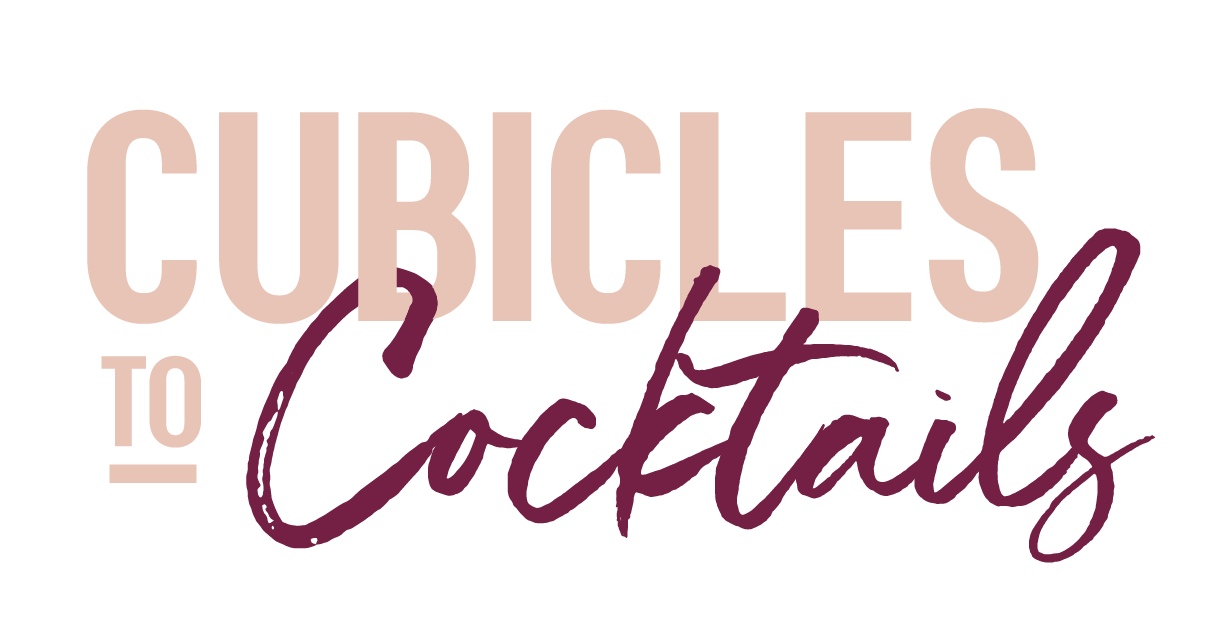Slack and the Future of Networking
Photo by Christina @ wocintechchat.com
Take a trip down memory lane when we relied on instant messaging and chat rooms, like AOL Instant Messenger (AIM) and Yahoo Messenger, to keep us connected and entertained. Ultimately, as the world transitioned to mobile phones, applications for meeting strangers were in the palm of our hands and just a scroll away.
Fast forward to 2020 when life as we knew it changed forever. In a flash, our days revolved around pajamas, Zoom calls, and Slack pings as our external lives permeated our most intimate spaces. Homes transformed into schools, gyms, restaurants, and workplaces and life went from Cubicles to Cocktails as COVID-19 forced us to adapt to new ways of living, learning, and connecting.
Although our daily routines came to a screeching halt, the alone time unearthed deeply suppressed issues - whether public or personal. George Floyd's death transcended borders, spurring protests against police brutality and the mistreatment of minorities across the globe. In response, groups all over the world began creating a digital silk road of resources, contacts, friends, and opportunities using new virtual tools and apps.
The pandemic coupled with social unrest invited us to appreciate the simpler things in life. Above all, we discovered that connection is imperative and necessary to our wellbeing and we’d find a way to do it regardless of the circumstances. On the path to resilience, virtual events and new organizations latent with opportunities began filling the void of face-to-face interactions.
Slack, a messaging app launched in 2009, is quickly turning into the instrument for workplace correspondence—a virtual concoction of the meeting room and water cooler jib-jab, with a touch of corner office jokes (with a sprinkling of GIFs on the side). Inside, groups create public or private channels (basically chat rooms) that can be organized by project, interest, or anything else, really. Valued at more than $20 billion today, organizations of all types use the app to take authentic communication to the next level without the constraints of a physical location.
At any given time, you can find me sifting through about five different Slack channels (I’ll share some information at the bottom of this article). They were a welcomed offering of the new communities I found during my self-discovery phase in quarantine. Through these channels, I’ve gained direct access to executives at companies like Apple and HBO, camaraderie with fellow Black creatives all over the diaspora, and the first look at fresh ideas. I even successfully landed a third-round interview at The Atlantic after building a rapport with someone who worked at the company. Although I was sheltered in place, the pandemic toppled in-person barriers and introduced me to a limitless amount of information and new people who were also searching for a sense of belonging.
Chatting has expanded from simple conversation to full applications used in education, business, organizations, and support groups. Slack, a direct descendant of chat rooms, is laying the foundation for a new generation of networking in an innovative, but familiar way. The platform makes it easy to build genuine connections within any community of your choosing. The best part? You don’t have to worry if you have spinach in your teeth from the past hors d'oeuvres.
Sharing the love - communities with Slack channels for Black Design professionals:
About the Author
Georgia raised and DC-based, Kela Lester is a creative consultant with a passion for elevating small-business marketing and design. Say hello at thejalex.com.



